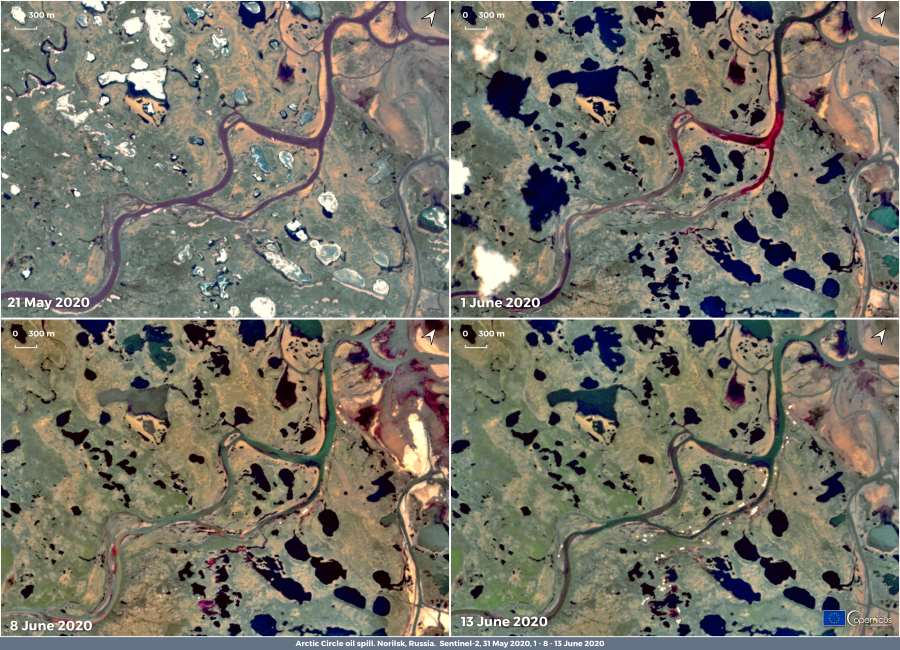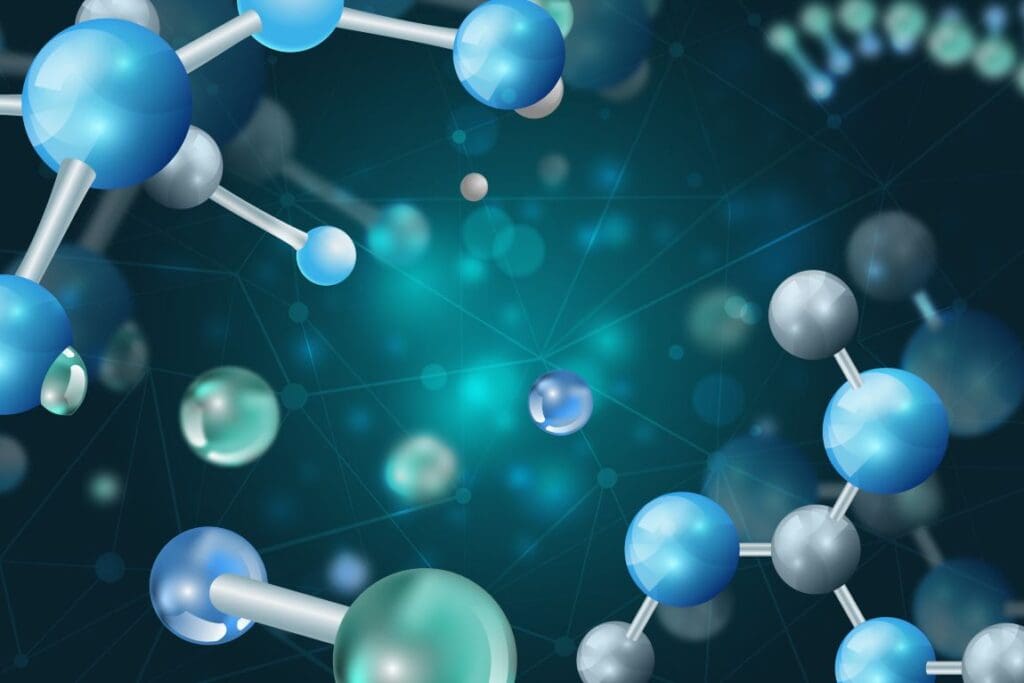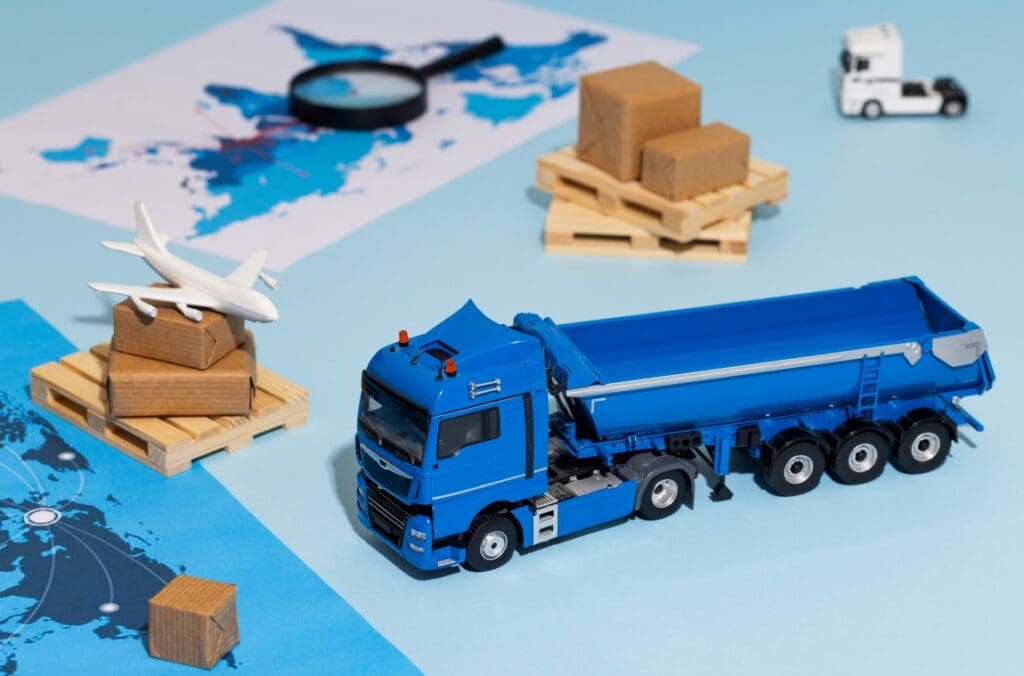Summary:
Cleaning up coastal oil spills is a complex and costly process, often leaving lasting environmental damage. This challenge is particularly pressing in the Arctic, where increasing maritime traffic raises the risk of spills along remote shorelines.
Traditional cleanup methods face limitations, such as low absorption capacity and potential toxicity to marine life. But, a study published in Environmental Science: Nano explores how nanomaterials could offer safer, more effective solutions. Led by researchers at Concordia University, the paper reviews existing research on nanotechnology in oil spill response and highlights its potential for coastline remediation.
While lab results are promising, the study emphasizes the need for sustainable nanomaterials and real-world testing to ensure their safety and effectiveness in large-scale applications.

Promising technology is at hand as climate change puts new ecosystems at risk
Cleaning up after a major oil spill is a long, expensive process, and the damage to a coastal region’s ecosystem can be significant. This is especially true for the world’s Arctic region, where newly opened sea lanes will expose remote shorelines to increased risks due to an anticipated rise in sea traffic.
Current mitigation techniques even in heavily populated regions face serious limitations, including low oil absorption capacity, potential toxicity to marine life and a slow remediation process.

However, advances in nanotechnology may provide solutions that are more effective, safer and work much faster than current methods.
“Using nanomaterials as a response method has emerged as a promising sustainable approach,” says lead author Huifang Bi, a PhD candidate in the Department of Building, Civil and Environmental Engineering at the Gina Cody School of Engineering and Computer Science.
“This paper synthesizes, reviews and analyzes between 40 and 50 studies on the subject to give us a big-picture look of the status of nanotechnologies in coastal oil spill response. At the same time, we are also presenting our own suggestions and identifying research gaps between using nanomaterials in the lab and how they can be used in real-world applications.”
She adds that nanomaterials are being widely studied to combat marine oil spills, but she is focusing specifically on coastline remediation. She estimates that more than 90 per cent of the papers she reviewed were exclusively lab-based and not yet available for field use.
Encouraging results need field testing
The unique properties found in nanomaterials can help mitigation across different remediation efforts. These include surface washing agents, dispersants, sorbents and bioremediation. Each method has its own strengths and drawbacks that can be improved with the use of nanomaterials.
For instance, replacing synthetic surfactants and organic solvents with bio-based nanomaterials has shown to be both highly effective at removing oil and to produce less toxic substances that can harm coastal biotas.
Nanomaterials can also be used in dispersants. Clay-based nanomaterials can stabilize oil particles in an emulsion, resulting in a larger area for oil-eating bacteria to grow and accelerating oil disappearance. In sorbents like aerogels or foams, nanomaterials can improve the removal of oil from water by absorption, adsorption or a combination thanks to large surface areas and a high number of sorption sites.
Finally, they can also be used to accelerate bioremediation, a technique that uses microorganisms to break down harmful pollutants like oil into less harmful or harmless substances.
“While these lab-based results are encouraging, we need to exercise caution,” warns Bi, winner of a 2023 Vanier Canada Graduate Scholarship. “We should prioritize the use of sustainable and eco-friendly nanomaterials to minimize environmental risks and ensure the responsible application of nanotechnology in coastal oil spill response. We also need to scale up testing to measure this efficacy in field tests.”
According to Bi’s thesis supervisor Chunjiang An, an associate professor in the same department, the emergence of nanomaterials as oil spill remediation tools is coming at a critical time.
“We are facing many new challenges, with threats of oil spills now affecting both traditional and new regions, including the Arctic,” he says. “We need to work with governments and the private sector to ensure that they are aware of these technologies and can further include them in their future remediation guidelines.”
Journal Reference:
Huifang Bi, Catherine N. Mulligan, Kenneth Lee, Baiyu Zhang, Zhi Chena and Chunjiang An, ‘Nanotechnology for oil spill response and cleanup in coastal regions’, Environmental Science: Nano 1 (2025). DOI: 10.1039/D4EN00954A
Article Source:
Press Release/Material by Patrick Lejtenyi | Concordia University
Featured image credit: Ganesh Ramsumair | Pexels




